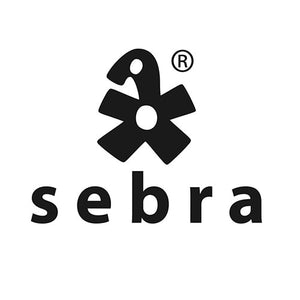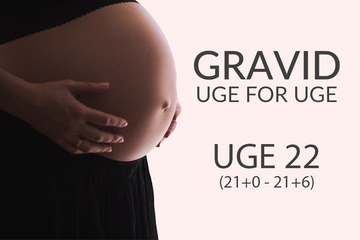The small fetus in your uterus now has all the external characteristics of a human. This includes arms, legs, head, eyes, nose, and mouth. But even now, the foundations for the development of all organs in the fetus have also been formed.
Weight gain, increased urination, and hormones
You have surely heard that pregnancy is often associated with weight gain, increased urination, and a circus of hormones. The reasons for this can be read here.
Weight gain is due to several factors. Firstly, it is due to the weight of the growing fetus, placenta, uterus, and breasts. Additionally, fluid retention in the body increases. Another reason could be that you, as a pregnant woman, experience an increased appetite. This can be explained by both hormonal changes and the fact that it requires more energy to grow a baby.
Increased urination can be attributed to hormonal changes, but particularly because your uterus is growing and thus taking up space in the pelvis that was previously occupied by your bladder, which creates increased pressure on your bladder and therefore increased urination.
Hormones in pregnancy
The hormonal circus is created by your body, which releases important hormones for pregnancy. The two main hormones for your pregnancy are estrogen and progesterone. The reasons for and effects of increased estrogen can be read more about in this overview for week 8.
Progesterone is produced in smaller amounts from your ovaries at the beginning of pregnancy; later during pregnancy, it is also produced by the placenta and here in about 10 times the normal amounts. Progesterone affects the cells of your uterine lining, which is essential for the nourishment of the fertilized egg.
Another important effect of increased progesterone is that it ensures that the uterus's natural tendency to contract is inhibited. This is essential in reducing the risk of miscarriage.
A small human
The fetus in your uterus has now formed the foundations for the first external and internal physical characteristics of a human. The heart is now divided into four chambers, the brain is divided into right and left, and the fetus is beginning to gain control over its movements.
The fetus has developed a primitive digestive system, and the foundations for the kidneys and urinary tract have been formed. Additionally, the lungs are now beginning to be discernible, and there is significant development occurring around them, just like the rest of the fetus's body. However, the lungs will only function on their own at birth.
The vital organs have now been established, as have the fetus's reproductive organs, but it is still not possible to see the fetus's gender. You can only do that in week 14. Another important development that is now underway is the development of the fetus's skeleton from cartilage to bone tissue.
Size of the fetus
The fetus is now about 2-2.3 cm from head to bottom and weighs about 2 grams. This corresponds to the size of a small grape. It may not sound like much, but you still have about 80% of the pregnancy left, and during that time, development progresses rapidly.
Advice for the partner
There are many things for both you and your partner to consider regarding the pregnancy and the upcoming birth. In many ways, it is a demanding process. Therefore, it can be a great help for both of you that you make sure to get involved in the things that are happening.
One way to do this could be to create a shared calendar and help schedule the many upcoming scans. You can already be aware of the nuchal translucency scan around week 12, and after week 14, if you wish, you can have a gender scan.























































































































































